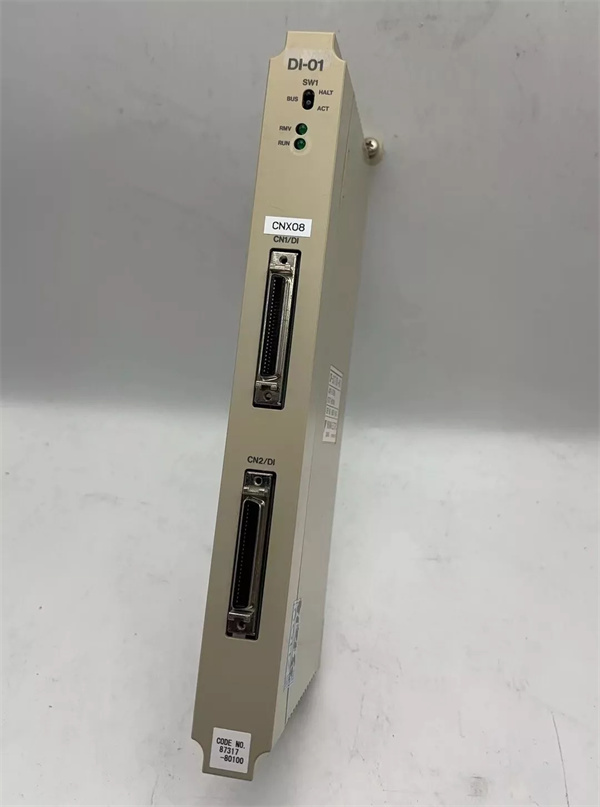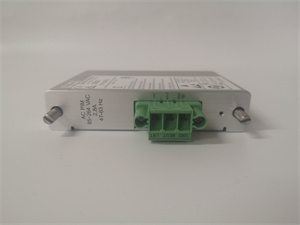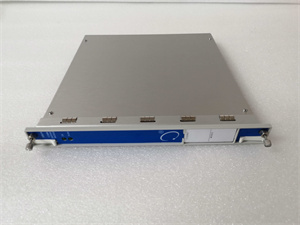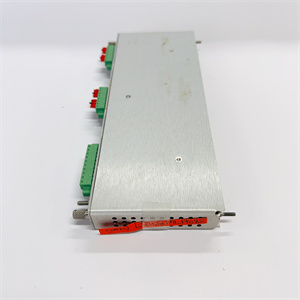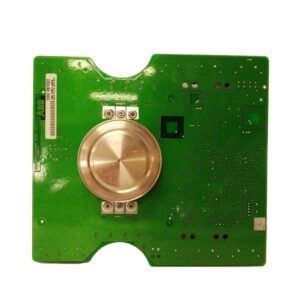Description
YASKAWA JACP-317801 Digital Input Module Product Documentation
1. Product Description
The YASKAWA JACP-317801 is a high-reliability digital input module designed for industrial automation systems, specifically optimized for YASKAWA’s PLC and robotic controller platforms (e.g., Motoman XRC series). As a key component of control systems, the JACP-317801 receives and processes digital signals from sensors, switches, and external devices, enabling precise real-time control in manufacturing, automotive, and industrial robotics. It features 16 isolated input channels (24 VDC), compatible with standard industrial voltage levels, and integrates with YASKAWA’s CP-317/DI-01 PLC architecture for seamless data acquisition. The module’s compact design (100 mm × 80 mm × 50 mm) and rugged construction ensure stable operation in harsh environments, supporting up to 1 million input cycles. Backed by YASKAWA’s global service network, the JACP-317801 offers plug-and-play compatibility with legacy and modern systems, reducing downtime and maintenance costs.
2. Product Parameters
| Parameter | Specification |
|---|---|
| Type | Digital Input Module (PLC Spare Part) |
| Input Channels | 16 isolated channels (24 VDC) |
| Voltage Range | 20–28 VDC (nominal 24 VDC) |
| Response Time | ≤5 ms (ON/OFF) |
| Isolation | 光电隔离 (2.5 kV RMS) |
| Compatibility | YASKAWA CP-317/DI-01 PLC systems, Motoman XRC controllers |
| Dimensions | 100 mm (L) × 80 mm (W) × 50 mm (H) |
| Weight | 0.3 kg |
| Operating Temperature | -10°C to +55°C (non-condensing) |
| Warranty | 12 months (new units), 6 months (refurbished) |
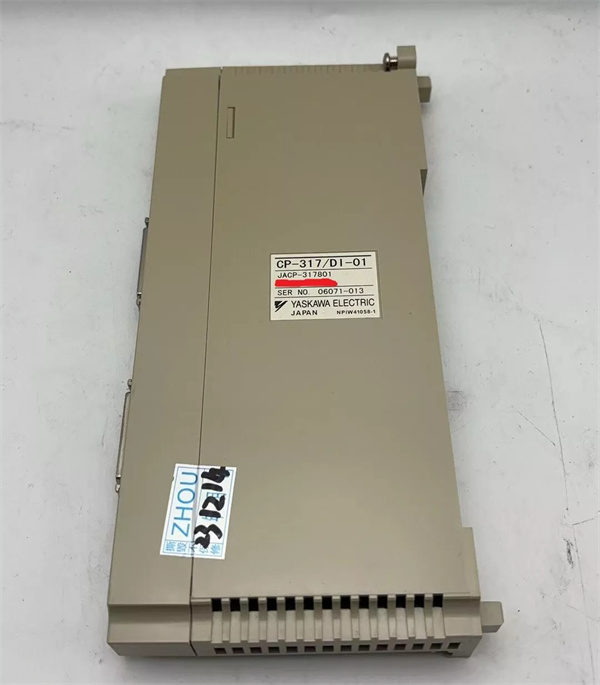
YASKAWA JACP-317801
3. Advantages and Features
- High Reliability: Industrial-grade isolation and surge protection (±2 kV ESD) ensure immunity to electrical noise, ideal for high-interference environments.
- Easy Integration: Plug-and-play design with YASKAWA’s PLC systems; no additional configuration required for basic operations.
- Compact Footprint: 30% smaller than legacy modules (e.g., JACP-317802), saving panel space in modular control cabinets.
- Longevity: Rated for 100,000 hours MTBF (per YASKAWA testing), reducing replacement frequency.
4. Application Fields and Case Studies
- Industry Applications: Automotive assembly lines, robotic welding cells, material handling systems, and general industrial automation.
- Case Study: A automotive parts manufacturer deployed 50 JACP-317801 modules in a robotic painting line. The modules’ fast response time (5 ms) and noise immunity reduced sensor misreads by 90%, improving line efficiency by 12%.
5. Competitor Comparison
Compared to similar digital input modules:
- Higher Channel Density: 16 channels vs. typical 8–12 channels in 竞品 modules.
- Lower Power Consumption: 1.2 W total (vs. 2–3 W for comparable units), reducing thermal load in control panels.
- Extended Temperature Range: Operates at -10°C (vs. 0°C minimum for most 竞品), suitable for cold storage or outdoor applications.
YASKAWA JACP-317801
6. Selection Recommendations
- Compatibility: Verify PLC model (e.g., CP-317/DI-01) and voltage requirements (24 VDC).
- Channel Needs: Opt for JACP-317801 (16 channels) for high-density applications; use 8-channel modules (e.g., JACP-317802) for simpler setups.
- Environment: Choose refurbished units (6-month warranty) for non-critical systems; new units (12-month warranty) for mission-critical lines.
7. Precautions
-
Installation: Follow ESD protocols; ensure proper grounding to prevent voltage spikes.
-
Voltage Check: Confirm input voltage matches specifications (24 VDC ±10%) to avoid module damage.
-
Maintenance: Regularly inspect connector pins for corrosion; clean dust with compressed air (non-contact).

